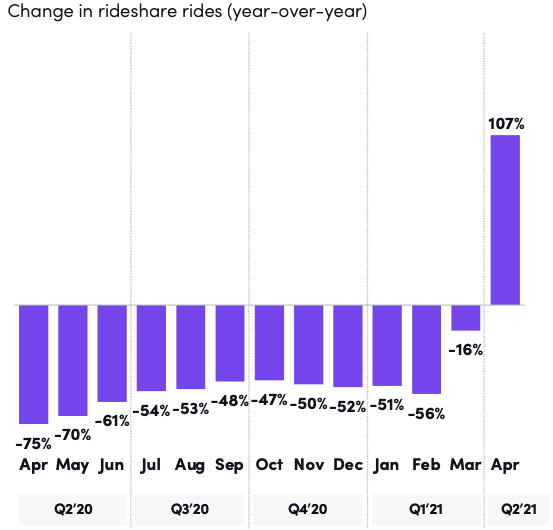News: Revel’s Frank Reig shares how he built his business and what he’s planning
Revel’s founder and CEO discusses what he learned from building the company, how its business strategy has evolved, and what lies ahead.
It’s only been three years since they hit the streets and Revel’s blue electric mopeds have already become a common sight in New York, San Francisco and a growing number of U.S. cities. However, Revel founder and CEO Frank Reig has set his sights far beyond building a shared moped service.
In fact, since the beginning of 2021, Revel has launched an e-bike subscription service, an EV charging station venture and an all-electric rideshare service driven by a fleet of 50 Teslas.
So we caught up with Reig to talk about what he learned from building the company, how Revel’s business strategy has evolved, and what lies ahead.
Before we get to the good stuff, here’s some background:
The idea for Revel seems like it came from the classic entrepreneur’s guidebook: Reig had a need that no existing company addressed. He’d seen mopeds used as major, if not dominant, forms of transportation as he traveled around Europe, Asia and Latin America, and he wondered why this logical (and fun) mode of transport was largely absent from American cities in general, and in his hometown, New York City, in particular.
So in 2018, Reig quit his job, raised $1.1 million from 57 people, and launched a small pilot program involving 68 mopeds in Brooklyn. In May 2019, he raised $4 million in VC funding, which helped him expand to 1,000 electric mopeds across Brooklyn and Queens. Revel secured another $33.8 million in September 2019, in a round that included funding from Ibex Investments, Toyota Ventures, Maniv Capital, Shell and Hyundai, according to Reig. This has allowed the founder to execute a grander plan to build an electric mobility company.
The company now operates more than 3,000 e-mopeds in New York City, and has another 3,000 across Washington, D.C., Miami, Oakland, Berkeley and San Francisco.
TechCrunch: You’ve added three new business lines and told us previously that you have more on the way. That’s a lot.
Frank Reig: Yes, we have had a busy start to 2021! We began the year announcing our fast-charging stations across the city that will help fill the large gap in infrastructure to support the wide-scale adoption of EVs. We launched our e-bike subscription program to offer New Yorkers another way to navigate their city, and with our newly announced electric ride-sharing program, we are solving the “chicken and egg” problem of EV charging and demand. We are focused on building out these business lines and our moped business as well and very much looking forward to what is to come.
When shared micromobility companies expand, they often just offer different vehicles. You seem to be going, “Ok, we’ll offer a different vehicle — an e-bike, but it’s a subscription. And we’re also doing electric vehicle chargers, and let’s add an EV rideshare to the mix.” It’s pretty broad.
If we’re talking about electrifying mobility in major cities, it starts with infrastructure. And we’re the company rolling up our sleeves and doing it now by building that infrastructure and operating fleets. Because in a city like New York, the infrastructure does not exist for electric mobility.
There are a few Tesla superchargers around the city, usually behind parking paywalls, so you have to pay the garage to even use it. And, of course, you need a Tesla for that infrastructure to even be relevant. And when you think about other public fast-charging access points in the city, they are few and far between. We’re building 30 in one site and many more beyond that in 2021.
New York is a complicated city to operate in, so it’s easier for us to add e-bikes as a service because I already have the infrastructure and on-the-ground operations that we built with the mopeds. I have multiple warehouses throughout this city. I have full-time staff that I’ve employed, from field technicians to mechanics, and a fleet of over 3,000 vehicles on the streets in New York. So it’s a natural extension of the platform to be able to add another product to it, to reach a new type of user, or to supplement the use case of our current moped users. All we needed to do was finance some e-bikes, and then you have another line of business.




